Alcune preposizioni semplici
Le preposizioni sono parole che vengono utilizzate per legare tra loro nomi, pronomi o frasi nominali. In inglese esistono più di 100 preposizioni diverse, che verranno analizzate nelle lezioni successive. Per il momento ci occuperemo di vedere come funzionano alcune tra le più semplici di loro.
ABOUT
può essere tradotta con i nostri “circa”, “riguardo a”, “di” o “su”.
We were walking about Edward when we saw him walking by the street. [tooltip]Stavamo parlando di Edward quando l’abbiamo visto passare per strada.[/tooltip]
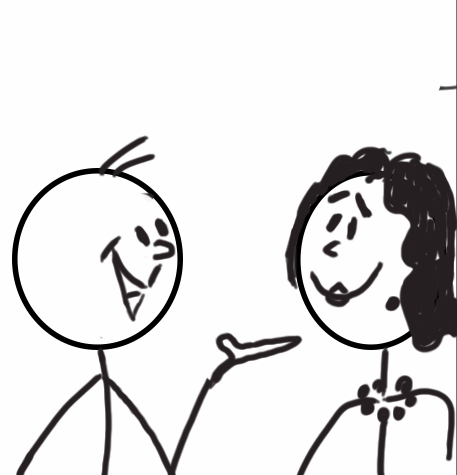
Altri esempi possono essere:
I don’t know much about her, but she seems like a nice girl. [tooltip]Non so molto su di lei, ma mi sembra una ragazza simpatica.[/tooltip]
My sister is about my height even though she’s five years younger. [tooltip]Mia sorella è alta circa quanto me, nonostante sia più piccola di cinque anni.[/tooltip]
NB. “about” può essere utilizzato a seguire del verbo essere per indicare l’idea di qualcosa che è sul punto di accadere.
The movie was about to start when the power went off. [tooltip]Il film stava per iniziare quando è saltata la corrente.[/tooltip]
FOR
viene tradotto con “per”. Può essere utilizzato per indicare un obiettivo.
I bought these roses for you. I hope you’ll forgive me. [tooltip]Ho comprato queste rose per te. Spero che mi perdonerai.[/tooltip]

I use these shoes for jogging. That’s why they’re so dirty. [tooltip]Uso queste scarpe per andare a correre. Per questo sono così sporche.[/tooltip]
“For” inteso come direzione, può essere tradotto come “verso”.
The ships are heading for the mainland. [tooltip]Le navi stanno andando verso la terraferma.[/tooltip]
Può anche essere usato per esprimere una durata.
I’ve been living in Ohio for five years. [tooltip]Vivo in Ohio da cinque anni.[/tooltip]
A volte “for” può essere perfino utilizzato per sostituire “because”, anche se più che altro in un contesto formale.
The cop was struggling not to lose consciousness, for it was hard for him to breathe.
The cop was struggling not to lose consciousness, for it was hard for him to breathe. [tooltip]Il poliziotto stava cercando di non perdere coscienza, perché faceva fatica a respirare.[/tooltip]
FROM
è traducibile con l’italiano “da”, per indicare generalmente origine o provenienza.
My mother is Italian and my father is from Brazil. [tooltip]Mia mamma è italiana e mio papa viene dal Brasile.[/tooltip]
The first train to Manchester leaves from platform 6 in 10 minutes. [tooltip]Il primo treno per Manchester parte dal binario 6 tra dieci minuti.[/tooltip]
The shop is open every day from 10.00 AM to 6.00 PM. [tooltip]Il negozio è aperto tutti i giorni dalle 10.00 alle 180.00.[/tooltip]
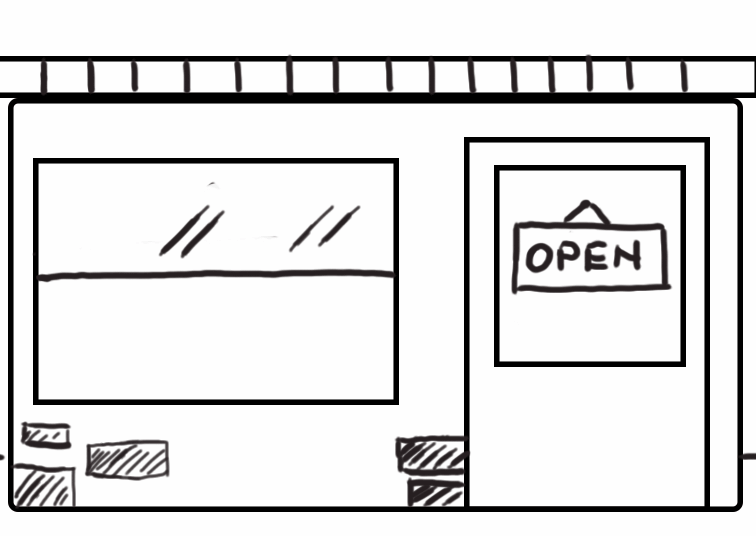
NB. “from” può essere utilizzato anche per indicare l’idea di “come risultato di/a causa di”.
She died from a mysterious virus a few nights ago. [tooltip]É morta di un virus misterioso qualche notte fa.[/tooltip]
OF
può essere tradotto con “di”. È una delle preposizioni più largamente utilizzate della lingua inglese; la si può usare, tra le altre cose, per indicare un possesso, un materiale, il rapporto tra due o più nomi.
Katy is a friend of Amanda. They met when they were in kindergarten. [tooltip]Katy è un’amica di Amanda. Si sono conosciute quando erano all’asilo.[/tooltip]
The keychain she gave me is made of glass and wood. So cool! [tooltip]Il portachiavi che mi ha dato è fatto di vetro e legno. Troppo bello![/tooltip]
Carl was in an accident this morning. The front of his car was completely destroyed. [tooltip]Carl ha fatto un incidente stamattina. Il davanti della sua macchina è andato completamente distrutto.[/tooltip]
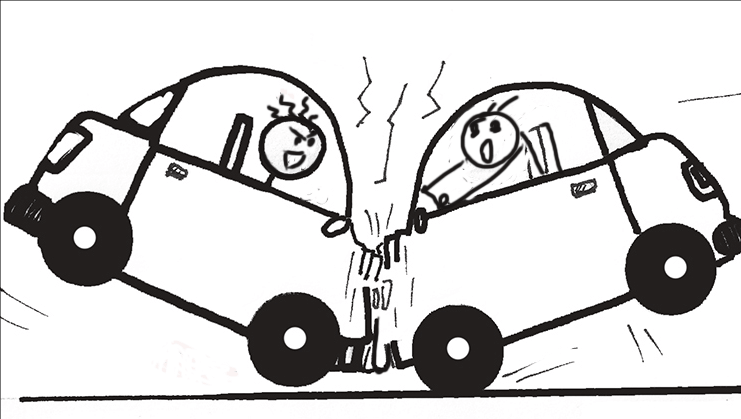
TO
la preposizione “to” può essere tradotta con i nostri “a”, “in”, “verso”, “su”. Importante è non confonderla con il “to” che costituisce parte dell’infinitivo (come, ad esempio, “to go”.)
Può essere usata per parlare di una destinazione, di una direzione, per parlare di tempo.
Jessica is moving to New York in two weeks. [tooltip]Jessica si trasferisce a New York tra due settimane.[/tooltip]
He walked to his office while talking on the phone; he didn’t see the car coming. [tooltip]Camminava verso il suo ufficio parlando al telefono; non ha visto la macchina arrivare.[/tooltip]
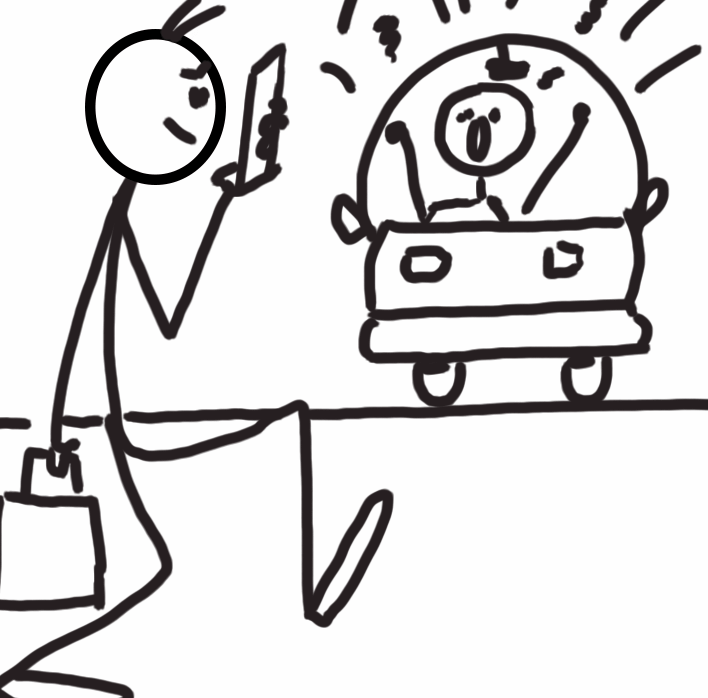
Jack was supposed to be here at quarter to six. I’m starting to get worried. [tooltip]Jack avrebbe dovuto essere qui alle sei meno un quarto. Sto cominciando a preoccuparmi.[/tooltip]
“To” può anche essere usato con il significato di “sui” “più o meno” “circa” quando si sta parlando di numeri.
That car must be so expansive. It probably costs 50 to 60 thousand dollars. [tooltip]Quella macchina dev’essere costosissima. Costerà tra i 50 e i 60mila dollari.[/tooltip]
WITH
in italiano corrisponde al nostro “con”, “insieme a”.
I was playing with the dog when Jamie came back from work. [tooltip]stavo giocando con il cane quando Jamie è tornato dal lavoro[/tooltip]
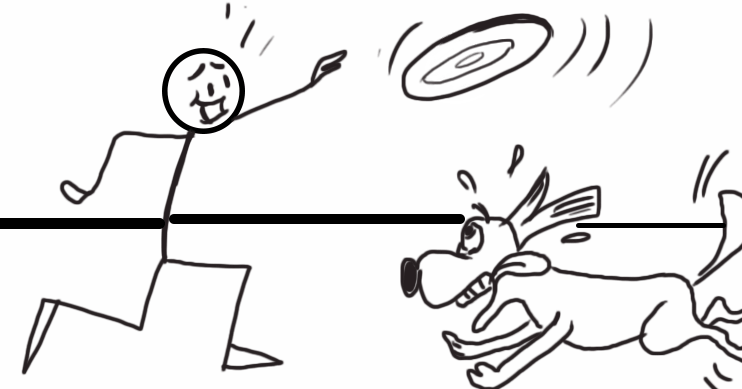
Amy is studying maths with her tutor, that’s why she isn’t picking up her phone. [tooltip]Amy sta studiando matematica con il suo tutor, per questo non ti risponde al telefono.[/tooltip]
--- PER APPROFONDIRE L’ARGOMENTO ---
Prepositions can be tricky for English learners. There is no definite rule or formula for choosing a preposition. In the beginning stage of learning the language, you should try to identify a preposition when reading or listening in English and recognize its usage.
to the office | at the desk | on the table | in an hour | about myself